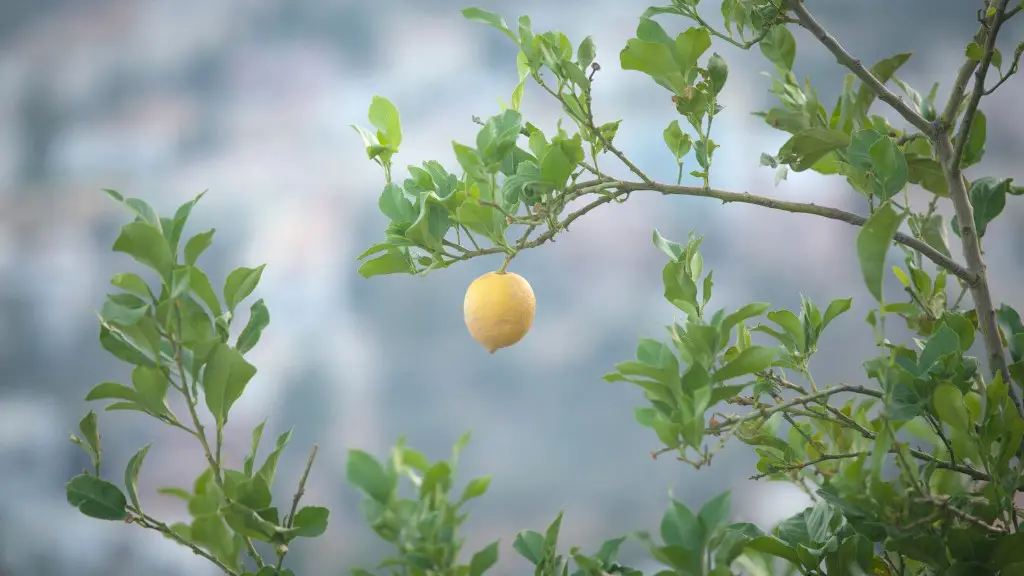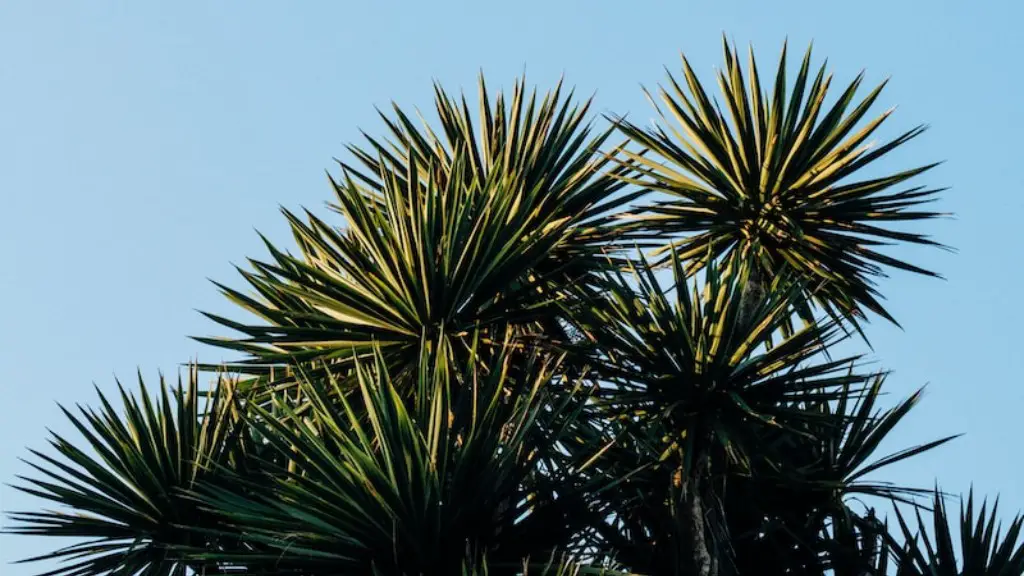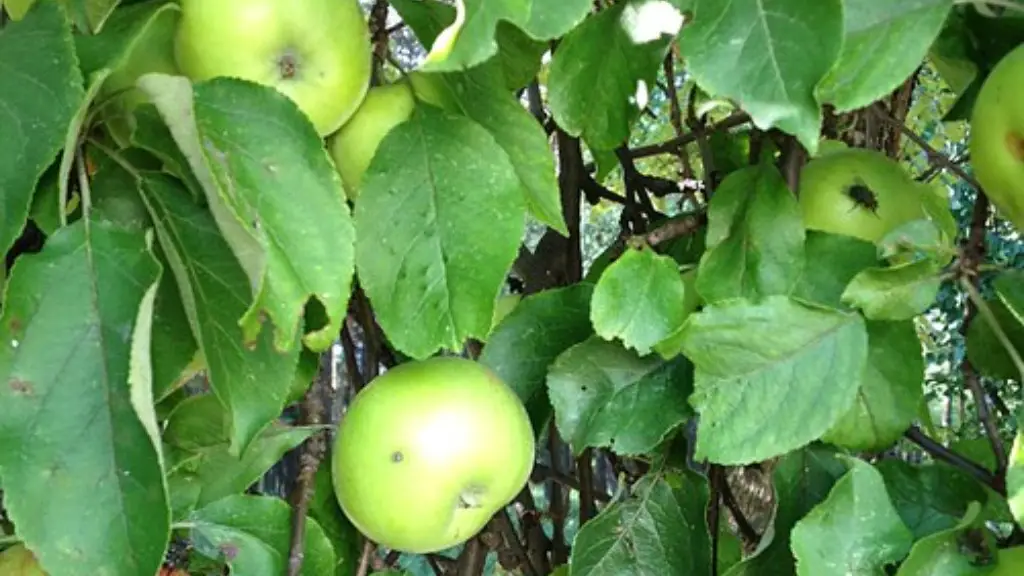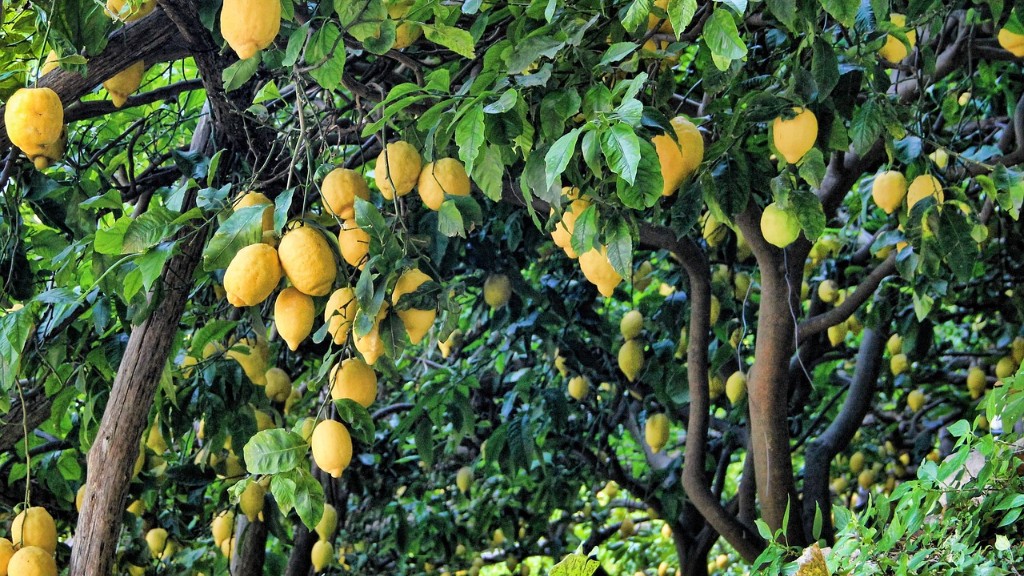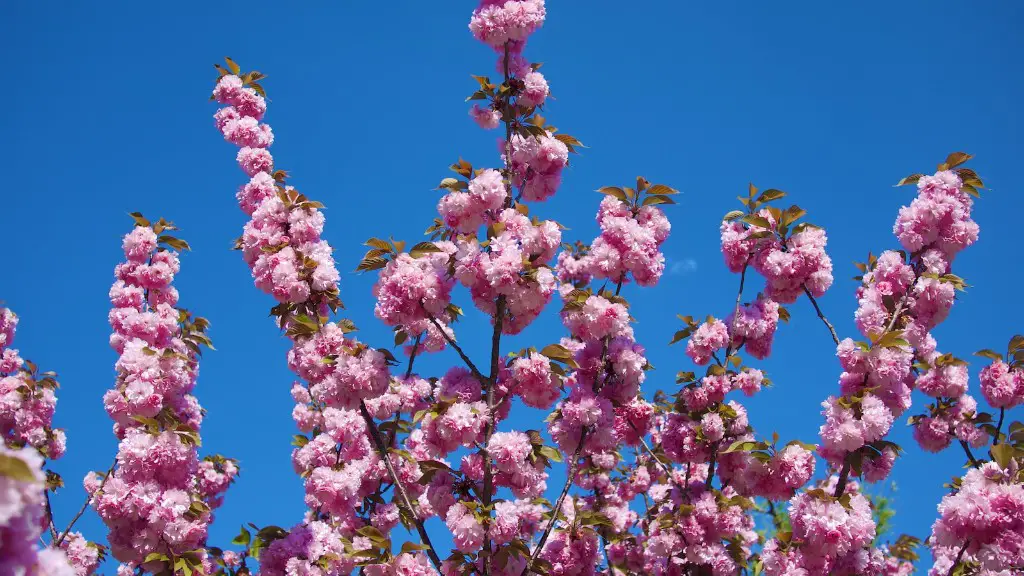Knowing how to grow a Meyer lemon tree outdoors will give you years of delicious fruits from a stunning plant. Meyer lemon trees are an excellent choice for the home gardener because they are hardy, require minimal maintenance, and produce an abundance of sweet, fragrant lemons during their peak season. To make sure your Meyer lemon tree thrives and produces abundant harvests, here’s what you need to know.
First, choose the right spot. Meyer lemons prefer full sun, but will tolerate partial shade. The soil should also be well draining – it’s best to test your soil before planting so you know what amendments (if any) are needed. Be sure to also match your climate; Meyer lemons need a minimum of 8 hours of full sunlight to yield a good crop and can only tolerate a few days at temperatures below freezing.
Once your spot is chosen, you’ll need to plant your Meyer lemon tree. That typically means purchasing a potted tree from a nursery or garden center. When planting, be sure not to plant too deep – the top few inches of the root ball should remain above the soil line.
After planting, water your tree. Generally, one deep soak every week should suffice, though you may need to water more frequently during periods of extreme heat. Keeping your Meyer lemon tree well-watered helps to ensure it gets the nutrition it needs and helps to keep it healthy and disease-resistant.
You should also fertilize your Meyer lemon tree a few times a year. Choose a specially formulated citrus fertilizer for best results. Be sure to carefully follow the instructions on the package for proper application and dosage.
Meyer lemon trees also need to be pruned regularly to keep them in shape and encourage new growth and fruiting. The best time to prune is in the early spring; use pruning shears to remove any dead or diseased growth and to shape the plant.
Lastly, to prevent insect damage and discourage the spread of disease, use appropriate organic pest control measures. If you spot any signs of disease or insect infestations, treat the tree as soon as possible.
Soil
Choosing the right soil for your Meyer lemon tree is essential for a healthy, productive plant. The soil should be light and well-draining to provide the proper environment for the tree’s roots and promote healthy, abundant growth. Typical soil mixes should include a combination of peat, perlite, compost, and sand. Be sure to also check your soil’s pH level; Meyer lemon trees prefer slightly acidic soil between 6.0 and 7.5.
It’s a good practice to incorporate some organic matter in the soil at the time of planting – aged manure, aged compost, and aged sawdust are all excellent choices for this. This helps to provide the tree with the necessary nutrients and improve the overall soil structure. Finally, avoid the temptation to over-water; this can lead to root rot and other diseases.
Pots or Containers
If container gardening is more your style, it’s possible to grow a Meyer lemon tree in a pot or container. The key is to select a pot that is big enough for the tree’s root system; for larger trees, that means a pot that is at least 24 inches deep and 18 inches in diameter. The pot should also have good drainage and be able to hold plenty of soil.
Be sure to use a light, well-draining soil mix; the same mix that is used for outdoor Meyer lemon trees is also suitable for containers. Amend as needed to ensure proper drainage and don’t forget to incorporate plenty of organic matter. The pot should be placed in a warm, sunny spot, but avoid placing it in direct midday sun (especially during the summer months).
Meyer lemon trees grown in containers will need to be watered more often than their outdoor counterparts. It’s best to water the soil until it is moist, but not soggy. The soil should be allowed to dry a bit before it is watered again. A fertilizer specifically formulated for citrus trees is also necessary for a healthy Meyer lemon tree grown in a container.
Pests and Diseases
Meyer lemon trees are relatively resistant to pests and diseases, but you should take the proper steps to protect your tree from infestations. If you spot any signs of disease or insect damage, the best approach is to treat the tree with an appropriate organic pest control product. Be sure to follow the instructions on the package for proper application and dosage.
Common pests to watch out for include aphids, mealybugs, scale, spider mites, and whitefly. Most insects can be controlled with a simple neem oil solution. A good preventative measure is also to keep your Meyer lemon tree well pruned and healthy to help ward off any potential infestations.
Harvesting Meyer Lemons
Meyer lemon trees will only produce fruit when the nights are cool and the days are warm. In temperate climates, this usually occurs during the winter months. If the tree is in full sun and the conditions are right, it can produce an abundance of lemons. During peak season, you can harvest several pounds of lemons from a single tree.
To harvest, simply cut the fruit off the tree with a sharp knife. Meyer lemons don’t ripen once they’re picked, so it’s best to leave them on the tree until they are fully ripe. Ripe lemons will be yellow, fragrant, and slightly soft to the touch; they should also have a sweet-tart aroma.
Winter Care
If you live in a cold climate, winter care is essential for your Meyer lemon tree. Generally, outdoor Meyer lemon trees should be mulched to ensure they don’t experience any moisture loss during the winter months. A thick layer (3-6 inches) of organic mulch like straw, pine needles, or leaves is best. Be sure to keep the mulch away from the trunk of the tree.
You may also want to cover your Meyer lemon tree with a sheet or light blanket during especially cold nights. If possible, move the tree to a sheltered spot or near the house – this will help to keep it from experiencing any extreme cold temperatures. Finally, avoid the temptation to over-water; this puts your tree at risk of root rot and other diseases.
Troubleshooting
While Meyer lemon trees are relatively easy to care for and maintain, there are some common problems that you may encounter along the way. If you spot premature fruit drop or yellowing and dropping leaves, this could be due to a lack of fertilization or inadequate water and nutrients. Be sure to check your soil’s fertility and water your tree regularly.
If yellow leaves accompanied by brown spots appear on the tree, this is likely a sign of fungal or bacterial disease. Treat the tree with an appropriate organic pest control measure as soon as possible to control the spread of the disease. Finally, if the tree’s leaves are wilting or curling, this is usually a sign of environmental stress; be sure to protect your Meyer lemon tree from extreme temperatures and prune regularly to keep it in shape.
